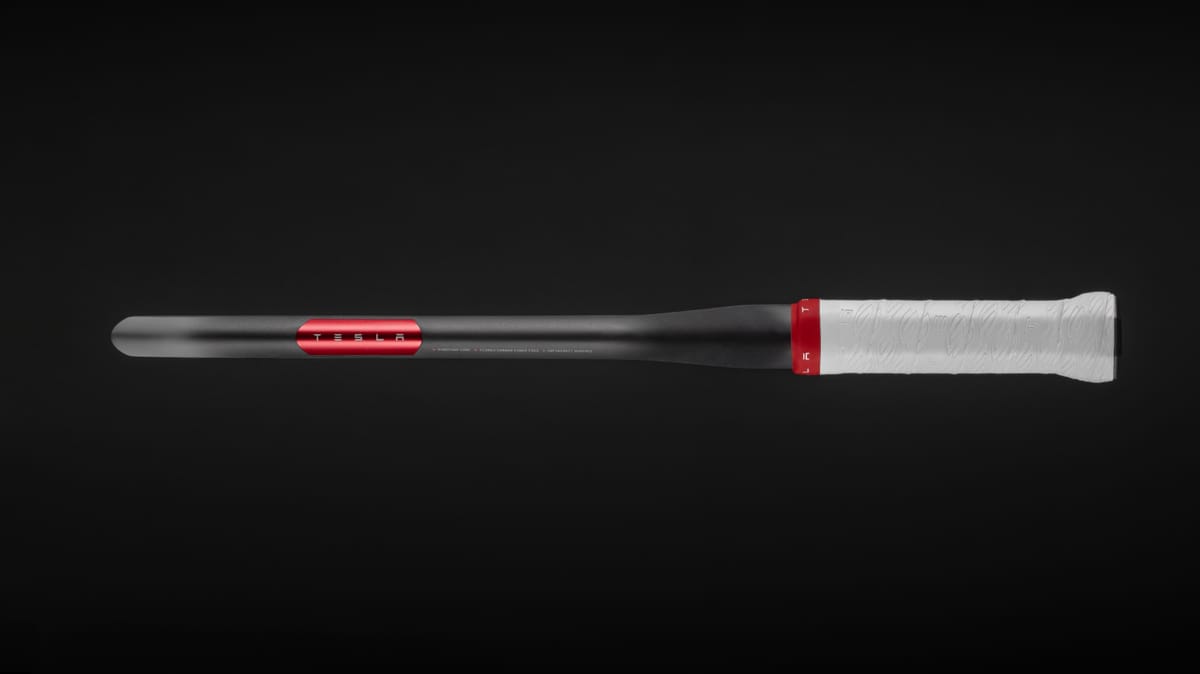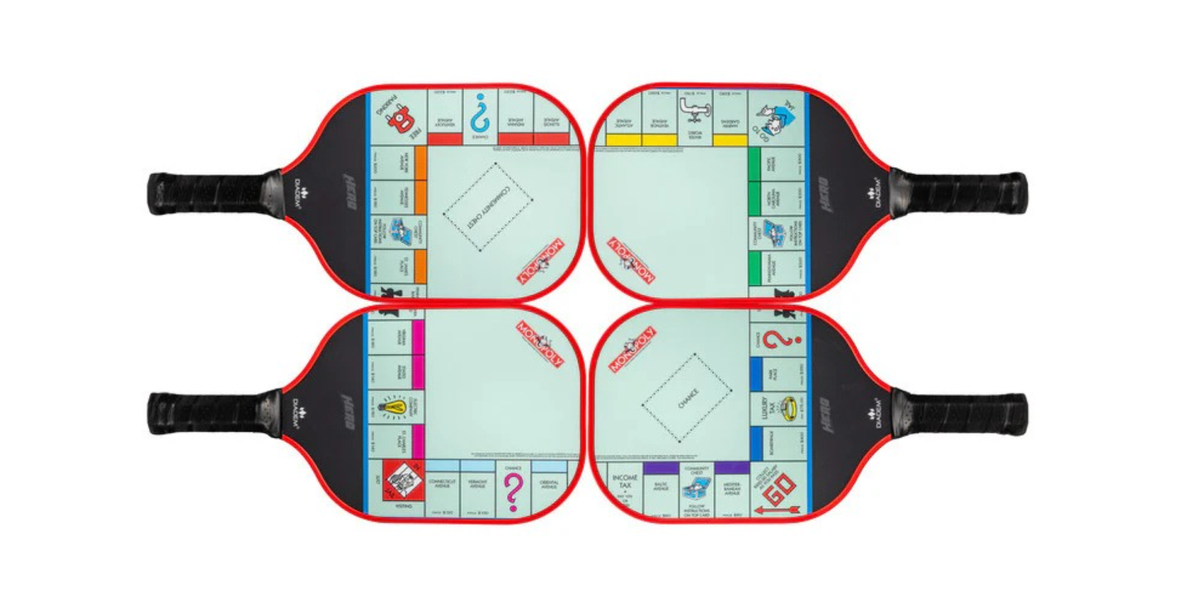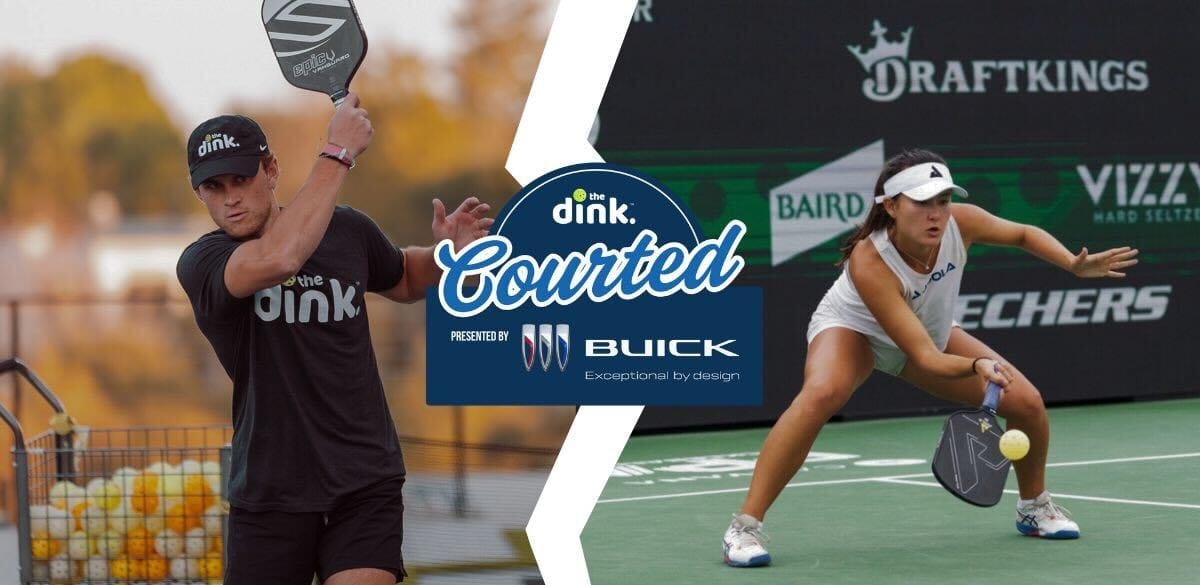Pickleball has exploded in popularity over the past few years, and with good reason—it’s fun, social, fast-paced, and accessible to people of all ages and skill levels. But if you’ve stepped into a sporting goods store or browsed online lately, you’ve likely been overwhelmed by a dizzying array of pickleball paddles. Carbon fiber, graphite, composite, elongated, wide-body—how do you choose?
Take a deep breath. Choosing a paddle doesn’t have to be stressful. In fact, it can be part of the joy of joining the pickleball community. Here’s an inspiring guide to help you navigate the options with clarity, confidence, and a little excitement.
1. Start with Who You Are
The best paddle isn’t the one with the most tech specs or the highest price tag—it’s the one that fits you. Are you new to the game and just looking to have fun? Are you a competitive player wanting more spin and control? Your paddle should support your goals and your playing style.
• Beginners might want a forgiving paddle with a larger sweet spot.
• Intermediate players often look for a balance between power and control.
• Advanced players typically prefer paddles that emphasize spin, precision, and lightweight responsiveness.
You don’t need to fit perfectly into a category—just think about what you enjoy most on the court.
2. Understand the Key Paddle Features
Let’s break down the basics without the jargon.
• Weight: Light paddles (7.2 oz and under) are easier to maneuver, while heavier paddles (8 oz and up) deliver more power. Midweight paddles (7.3–8 oz) offer a good balance.
• Grip Size: A smaller grip gives you more wrist action (great for spin and control); a larger grip offers more stability and reduces fatigue.
• Core Material: Most paddles use polymer, aluminum, or Nomex cores. Polymer is quiet and soft (great for control); Nomex is firm and loud (great for power).
• Face Material: Graphite is responsive and light. Composite surfaces add texture (ideal for spin). Carbon fiber gives a durable, consistent feel.
Try out a few and see what feels right in your hand. Trust that instinct.
3. Don’t Be Fooled by Hype or Price Tags
Yes, there are $250 paddles that boast aerospace-grade materials. And while some of those paddles are genuinely excellent, a $70 paddle might be just what you need. Price isn’t always a perfect indicator of performance. Focus on feel, balance, and comfort. You’ll grow faster with a paddle that suits your body and game than one that just looks flashy.
4. Test If You Can (But Don’t Sweat It If You Can’t)
If possible, borrow paddles from friends or demo them at a local court. See how different paddles affect your shots, your control, and even your confidence.
But even if you can’t test before buying, you can still make a good choice. Many retailers now offer generous return or exchange policies, and pickleball communities are always willing to lend advice—or a spare paddle.
5. Celebrate the Choice as Part of the Journey
Your first (or fifth) paddle is part of your growth as a player. Don’t let perfectionism stall your progress. Pick a paddle, get out on the court, and enjoy the learning curve. You’ll develop preferences over time—and that’s part of the fun.
Choosing a pickleball paddle isn’t just about performance, it’s about empowerment. It’s a small but meaningful way to take ownership of your game, your goals, and your time on the court. So go ahead: make your pick, step onto the court with joy, and remember—every great player started with a single paddle and a passion to play.
Want help narrowing down a few paddle recommendations based on your skill level or preferences?
Anuncie Aqui / Advertise Here
Sua marca para o mundo Pickleball! / Your brand for the Pickleball world!

 English
English  Spanish
Spanish  Portuguese
Portuguese  German
German  Italian
Italian  Japanese
Japanese  French
French  Polish
Polish  Russian
Russian  Netherlands
Netherlands  Hungarian
Hungarian  Turkish
Turkish  Videos
Videos  The Pickleball Guru
The Pickleball Guru







 English (US) ·
English (US) ·  Portuguese (BR) ·
Portuguese (BR) ·